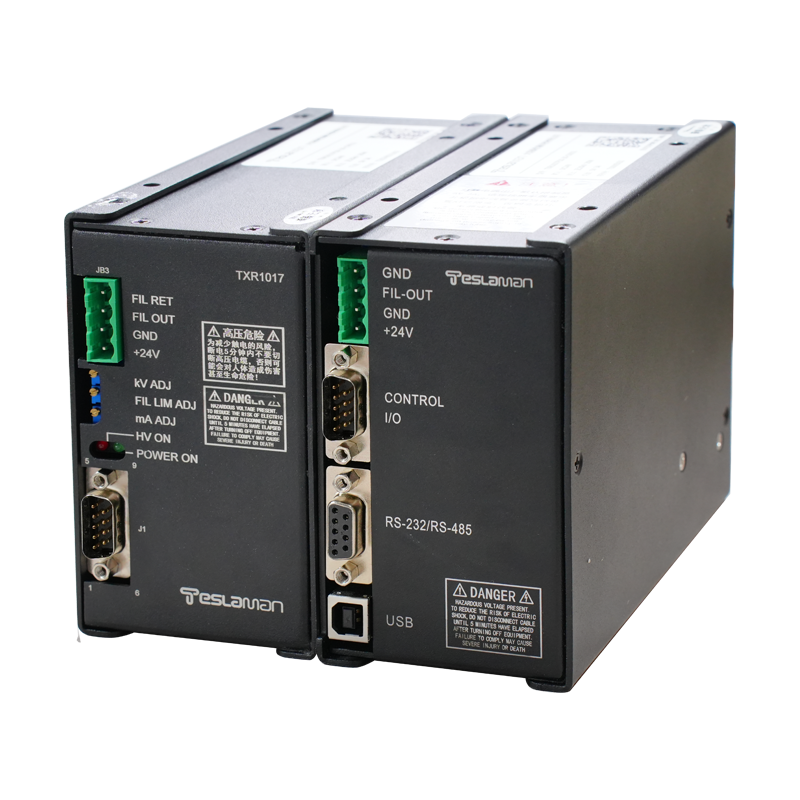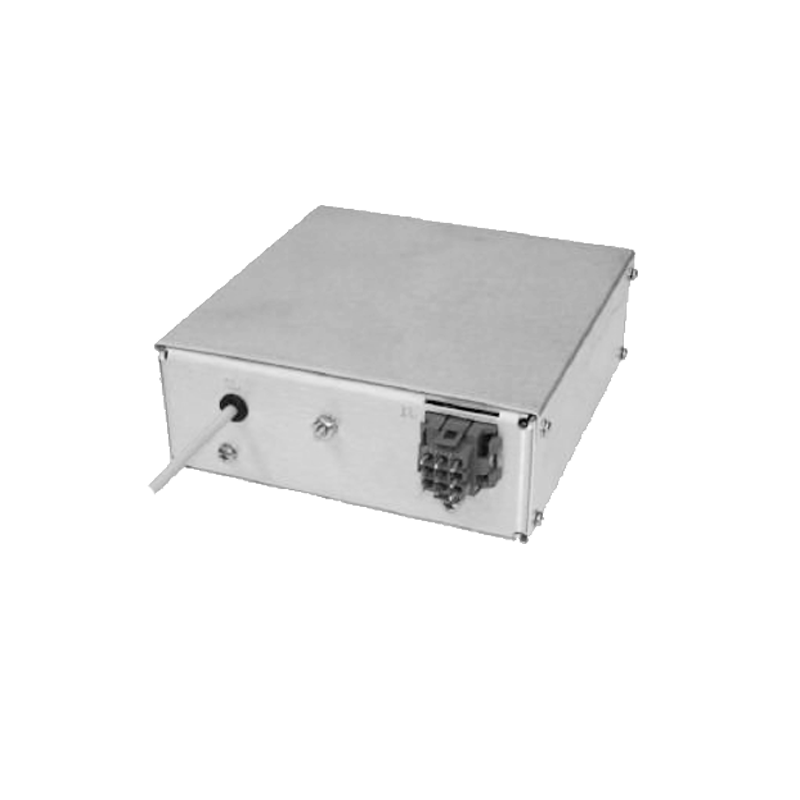Paint Dispersibility of High-Voltage Power Supplies in Electrostatic Spraying
In the modern industrial coating field, electrostatic spraying technology is widely applied due to its advantages such as high efficiency, environmental protection, and uniform coating. Among them, the high-voltage power supply for electrostatic spraying, as the core component of this technology, plays a crucial role in the paint dispersibility, thus profoundly influencing the coating quality and spraying effect.
Electrostatic spraying uses a high-voltage electric field to charge paint particles. Under the action of the electric field force, the charged paint particles migrate and deposit on the surface of the grounded workpiece to form a coating. Paint dispersibility refers to the ability of the paint to be uniformly dispersed into fine particles in the electric field and move stably towards the surface of the workpiece. Good paint dispersibility can ensure a uniform coating thickness and a smooth surface, effectively avoiding defects such as sagging and uneven particles.
The output voltage of the high-voltage power supply is an important factor affecting paint dispersibility. When the output voltage is low, the electric field strength is weak. The electric field force acting on the paint particles is insufficient to overcome their own surface tension and internal viscous force, resulting in the paint being difficult to fully disperse into fine particles. The sprayed coating may have large particle accumulation or uneven thickness. As the output voltage increases, the electric field strength is enhanced. The paint particles are subjected to a stronger electric field force and can be more effectively dispersed into tiny particles, evenly distributed in the electric field and migrating towards the surface of the workpiece, thus significantly improving the uniformity and smoothness of the coating. However, an excessively high output voltage may also have negative effects. An overly high voltage will make the electric field strength too large, causing the paint particles to be overcharged. A strong repulsive force is generated between the particles, which may lead to excessive dispersion of the paint particles near the spray gun, resulting in the phenomenon of flying paint. This not only causes paint waste but also pollutes the working environment and affects the adhesion and overall quality of the coating.
In addition to the voltage amplitude, the waveform of the output voltage of the high-voltage power supply also has a significant impact on paint dispersibility. The DC voltage waveform can provide a continuous and stable electric field, allowing the paint particles to migrate towards the workpiece under the action of a relatively stable electric field force, which is suitable for conventional spraying scenarios with high requirements for coating uniformity. The pulsed voltage waveform has unique advantages. During the peak stage of the pulse, the electric field strength instantaneously increases significantly, which can promote further refinement and dispersion of the paint particles. During the pulse interval, the electric field strength decreases, which can reduce the agglomeration phenomenon caused by excessive repulsion between the particles. By reasonably adjusting parameters such as the frequency and duty cycle of the pulsed voltage, the degree of dispersion and the movement trajectory of the paint particles can be precisely controlled. Especially in the spraying tasks of some special paints or coatings with special texture requirements, the pulsed voltage can show a better paint dispersibility effect than the DC voltage, achieving a higher-quality spraying result.
Furthermore, the stability of the high-voltage power supply is crucial for the uniformity of paint dispersibility. A stable high-voltage output can ensure that the electric field strength remains constant during the spraying process. The force and movement state of the paint particles in the electric field are stable, thus ensuring a uniformly dispersed coating on the entire surface of the workpiece. If the high-voltage power supply has voltage fluctuations, the electric field strength will become unstable, and the dispersion state and migration trajectory of the paint particles will also change, resulting in differences in dispersibility in different areas of the coating and affecting the consistency of the coating quality.
In conclusion, the high-voltage power supply for electrostatic spraying can effectively improve paint dispersibility through precise control of aspects such as the amplitude, waveform, and stability of the output voltage, meeting different coating requirements. In actual production, in-depth study of the relationship between the high-voltage power supply and paint dispersibility and reasonable optimization of the parameters of the high-voltage power supply are of great significance for improving the level of electrostatic spraying technology, reducing production costs, and improving product quality.




















